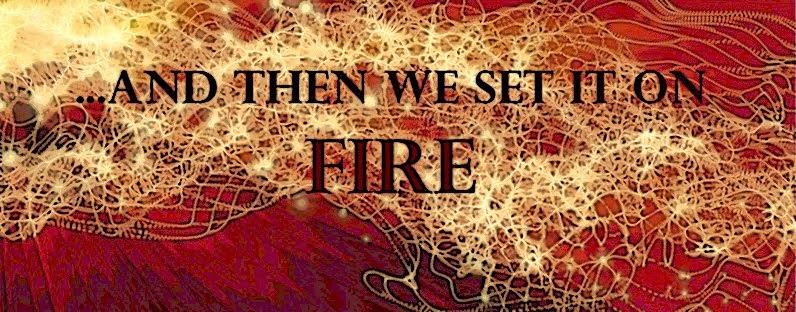When after washing, drying and ironing, I turned the fabric face down on my ironing board table and screened on discharge paste . Now that fabric didn't know whether the color was coming or going (bad art humor)
I used this circle screen with a credit card to apply the discharge paste.
Wet
Ironing to remove color
Now look at the other side with color magnet feathers and discharged circles coming through the back. VERY nice!!
I hope you saw a few techniques to whet your whistle. We have a long winter to get through so try some of these techniques. Happy New Year to you all.
























































